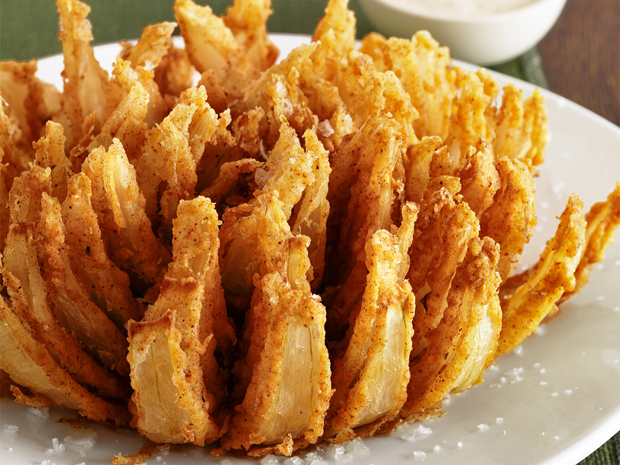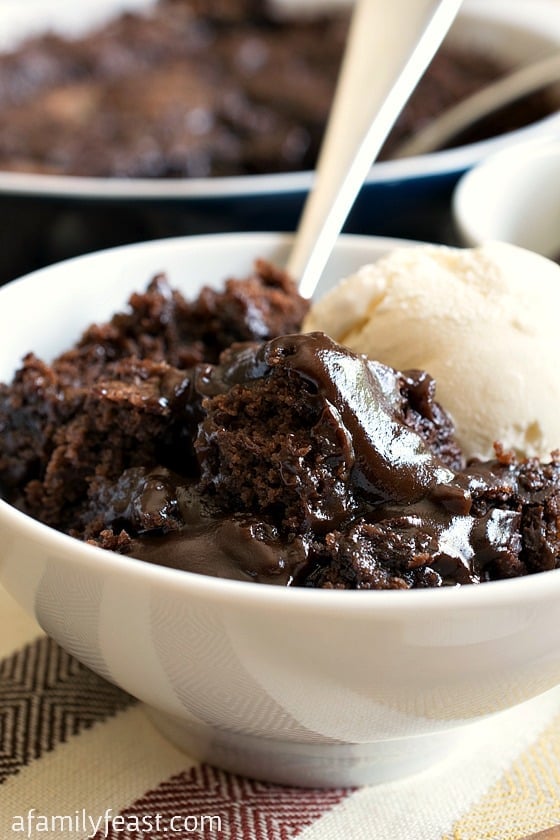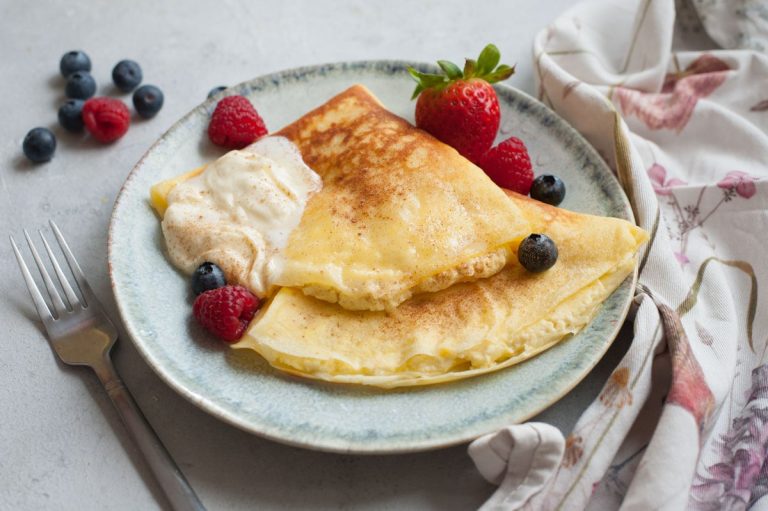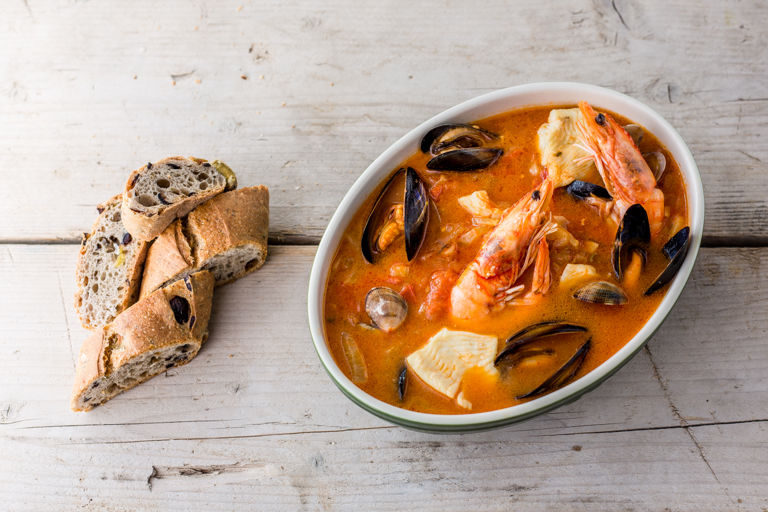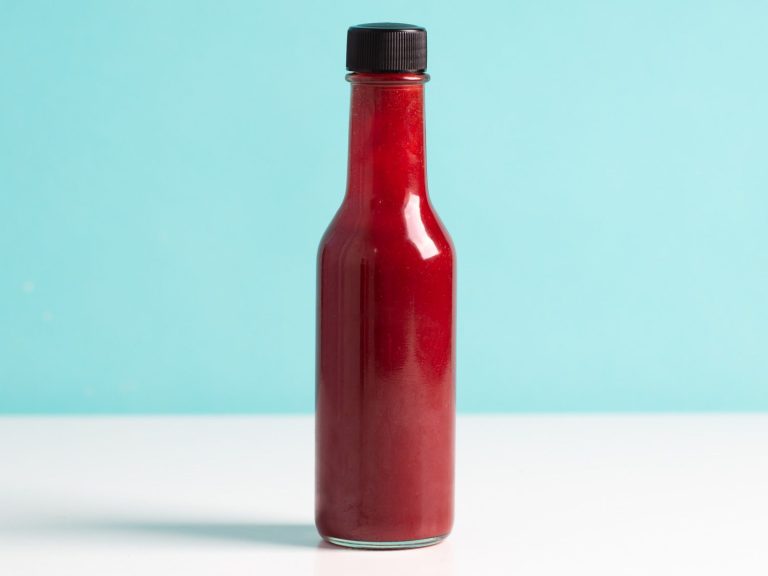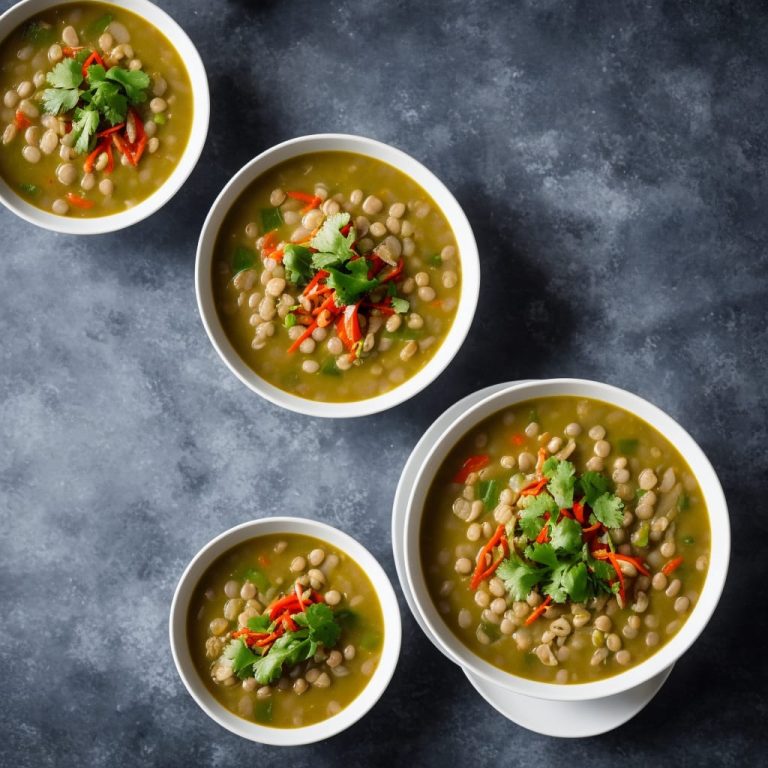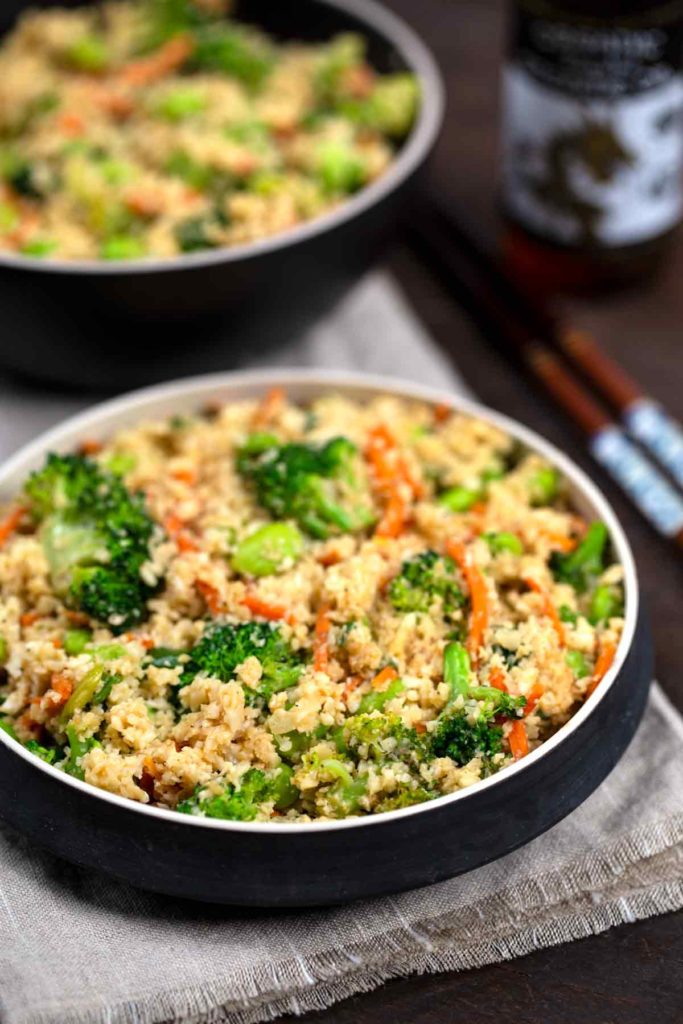Blooming Onion Recipe
A blooming onion originated in the United States and gained popularity in the late 20th century. It’s become a staple at many American steakhouses and casual dining chains, known for its distinctive presentation and flavorful, crispy texture. Its visual appeal and shareable nature make it a favorite at social gatherings. Outback Steakhouse popularized the dish, branding it as the “Bloomin’ Onion,” and helping cement its place in American cuisine.
How It’s Made
A blooming onion is created by first selecting a large onion, usually a sweet variety like Vidalia. The onion is then hand-cut into sections to resemble flower petals. Each section is carefully crafted to ensure even cooking and optimal presentation. After slicing, the onion is soaked in ice water to help the petals spread apart.
The next step involves coating the onion with a seasoned batter. This batter typically includes flour, paprika, cayenne pepper, garlic powder, and other spices. The onion is then submerged in a buttermilk mixture before being dredged through the seasoned flour mixture to ensure a thorough, even coating.
Once battered, the onion is deep-fried in hot oil (350°F or 175°C) until golden brown and crispy, usually taking around 10 minutes. The careful frying process is crucial to achieve the desired crunch and prevent the onion from becoming greasy. When finished, the blooming onion is served hot with a complementary dipping sauce, often a spicy mayonnaise or horseradish sauce, enhancing its flavor and enjoyment.
Key Ingredients of a Blooming Onion
Onions and Their Varieties
You need a large onion to prepare a blooming onion. Sweet onions like Vidalia, Walla Walla, or Maui work best due to their mild flavor. Vidalia onions are the most popular choice. They have a natural sweetness, balancing the seasoned batter’s spice. Using a large onion ensures each petal gets coated well and crisps up evenly.
Batter and Seasonings
The batter needs to be a blend of flour, cornstarch, and buttermilk. Flour provides structure, while cornstarch adds crispiness. Use buttermilk to create a thick, binding batter. Season the mix with paprika, garlic powder, onion powder, and cayenne pepper. Paprika adds color, and garlic and onion powder enhance flavor. Cayenne adds a spicy kick. Adjust seasoning quantities to suit your taste. Dipping sauces like aioli, ranch, or spicy mayo complement the seasoned batter, enhancing flavor further.
Step-by-Step Guide to Making a Blooming Onion
Preparing the Onion
Select a large sweet onion (e.g., Vidalia, Walla Walla, or Maui). Trim the top, leaving the root end intact. Peel the outer skin. Place the onion on a cutting board, root-side down. Make evenly spaced cuts from the top to the root, creating 12-16 “petals.” Avoid cutting through the root to keep the onion intact. Soak the sliced onion in ice water for 1 hour to help it blossom, then pat dry with paper towels.
Mixing the Batter
Combine 1 cup of flour, 1/2 cup of cornstarch, and 1 teaspoon of paprika in a large bowl. Add 1 teaspoon each of garlic powder, onion powder, and cayenne pepper. Gradually whisk in 1 1/2 cups of buttermilk until the mixture is smooth. Ensure the batter is well-mixed and has no lumps.
Frying Techniques
Heat a deep fryer or large pot with enough vegetable oil to cover the onion. Bring the oil to 375°F (190°C) for optimal frying. Dip the prepared onion in the batter, ensuring all petals are coated. Carefully place the battered onion in the hot oil, root-side up. Fry for 5-7 minutes until golden brown and crispy. Use a slotted spoon to remove the onion from the oil. Drain excess oil on paper towels. Serve hot with your preferred dipping sauce.
Serving Suggestions and Dips
Classic Dips and Sauces
Pair your blooming onion with classic dips for a crowd-pleasing experience. Aioli, with its creamy garlic profile, complements the crispy onion. Ranch dressing offers a tangy contrast, enhancing the savory notes. Spicy mayo, combining mayonnaise and sriracha sauce, adds a kick of heat. These traditional sauces balance the rich flavors of the fried appetizer, making each bite even more delightful.
Innovative Serving Ideas
Experiment with innovative serving ideas to elevate your blooming onion at gatherings. Create a blooming onion bar, offering a variety of dips like blue cheese, honey mustard, or chimichurri. Arrange individual portions in small cups for a convenient, party-friendly option. Add a unique twist by serving with taco toppings such as sour cream, guacamole, and salsa. These inventive approaches provide a fresh take on this beloved appetizer, ensuring it stands out at any event.
Nutritional Information
Caloric Content
A single serving of blooming onion contains around 1,950 calories. This high caloric content primarily comes from the deep-frying process. The oil absorbed during frying significantly increases the calorie count. If you’re considering this appetizer, be aware that it’s calorically dense in comparison to many other dishes. For reference, a single blooming onion can have over 150 grams of fat, contributing to its rich flavor.
Health Considerations
While blooming onions are delicious, they’re high in fat and sodium. One serving can contain over 3,800 milligrams of sodium, posing a concern for those monitoring their sodium intake. The high fat content, which includes saturated fats, can impact your cardiovascular health. If you have dietary restrictions or health conditions like hypertension or heart disease, it’s advisable to enjoy blooming onions in moderation. Alternative cooking methods, like baking, can reduce fat and calorie content without significantly compromising taste.
Best Practices for Making Blooming Onions at Home
Common Mistakes to Avoid
Misplacing Onion Cut: Ensure you cut the onion evenly into “petals”, starting from the root to the tip. Uneven cuts can result in uneven cooking.
Inadequate Soaking: Use an ice water bath to soak the onion petals for at least 30 minutes. This helps the petals open up and stay crisp.
Weak Batter: Combine flour, cornstarch, and seasonings for the batter. A weak batter won’t stick well to the onion petals, resulting in poor texture and flavor.
Incorrect Oil Temperature: Heat oil to 375°F (190°C) before frying. Oil that’s too hot burns the batter, and oil that’s too cold leads to a soggy result. Use a thermometer for accuracy.
Overcrowding Fryer: Fry one onion at a time to ensure even cooking. Overcrowding the fryer drops the oil temperature and creates a greasy onion.
Equipment Essentials
Sharp Knife: Use a sharp knife for precise and even cuts when preparing the onion petals.
Large Mixing Bowls: Utilize large mixing bowls to soak the onion and mix the batter thoroughly.
Deep Fryer or Large Pot: Employ a deep fryer or a large pot for consistent and even frying. Ensure it has enough capacity to fully submerge the blooming onion.
Thermometer: Utilize an accurate thermometer to maintain the ideal oil temperature of 375°F (190°C) consistently.
Spider Strainer: Use a spider strainer to safely remove the blooming onion from hot oil, reducing the risk of burns or breaking the petals.
Conclusion
Mastering the art of making a blooming onion at home can be both rewarding and delicious. By carefully selecting your ingredients and following the right techniques, you can create a restaurant-quality appetizer in your own kitchen. Remember to pay attention to every detail from the cut of the onion to the temperature of the oil.
Experiment with different dipping sauces to find your favorite pairing. While it’s a treat best enjoyed in moderation, there are healthier alternatives like baking that you can explore. With the right tools and a bit of practice, you’ll be impressing your guests with this crispy, flavorful dish in no time.
